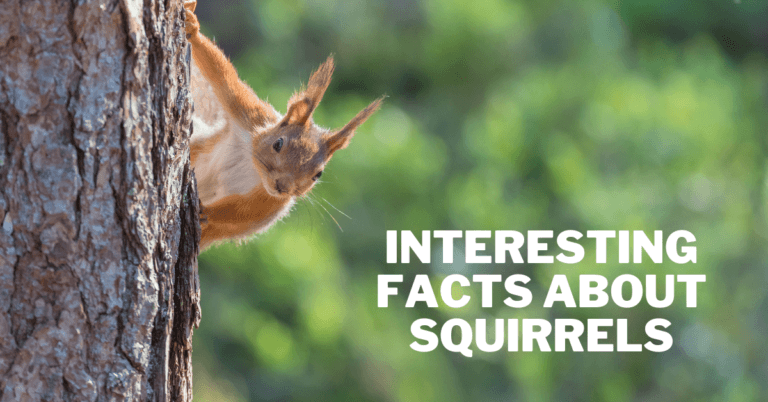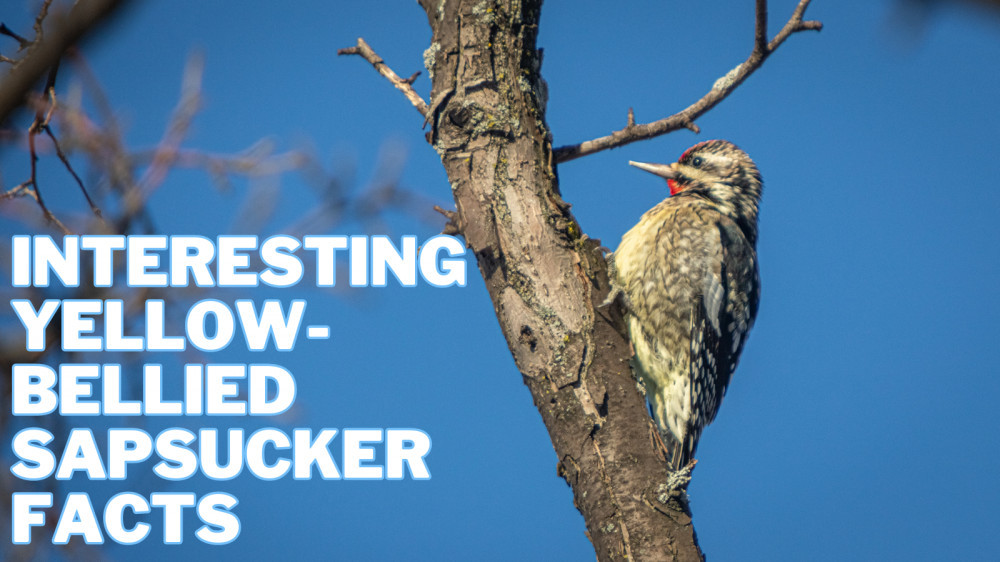Interesting Facts About Owls
Interesting Facts About Owls That Will Fascinate You
Owls are fascinating creatures captivated by their mystery and unique adaptations, making them the subject of many interesting facts about owls.
Known for their silent flight, exceptional vision, and eerie calls, these nocturnal birds of prey have been symbols of wisdom and mystery across cultures.
With more than 200 species worldwide, each type of owl has its own special traits, from rotating its head almost 270 degrees to having specialized feathers for stealth.
This article will explore amazing and little-known facts about these incredible nighttime hunters.
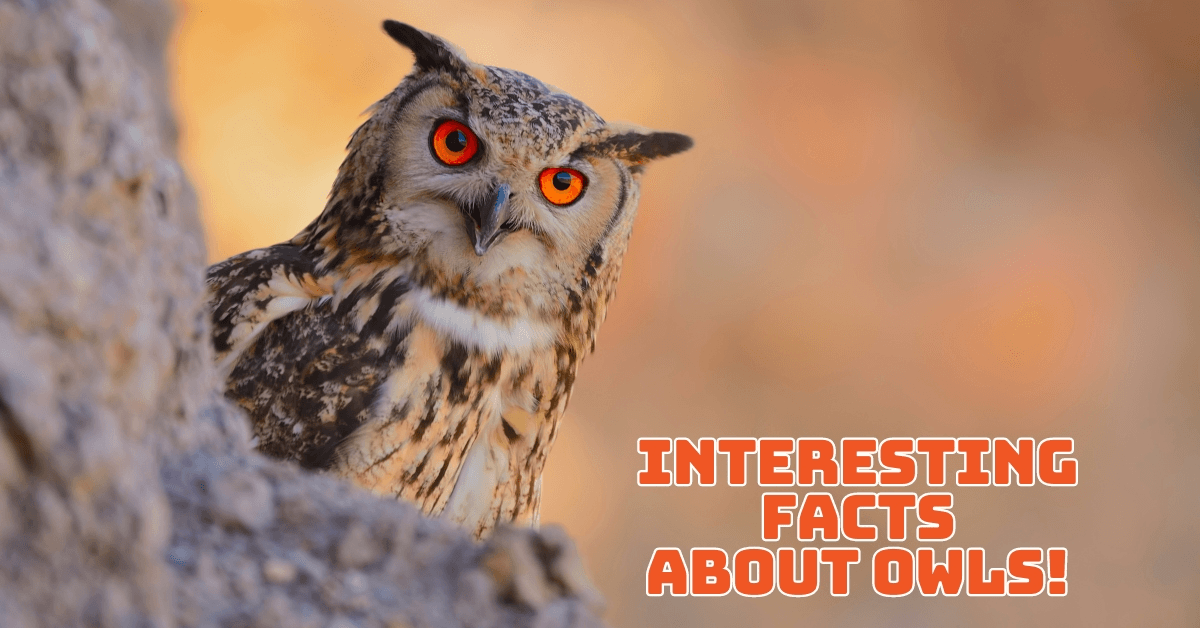
What Do Owls Look Like?
Owls are captivating birds known for their large, rounded heads, forward-facing eyes, and striking, often camouflaged feather patterns. With sharp talons and hooked beaks, they are skilled nocturnal hunters. Here is a detailed explanation of what an owl looks like:
1. Large, Rounded Heads
Owls have distinct, rounded heads that appear more proportionately to their bodies than most birds. This head shape helps house their large eyes and supports their highly developed hearing.
It makes them stand out with an iconic, alert look that enhances their hunting abilities, especially in low-light conditions.
2. Forward-Facing Eyes
Owls have forward-facing eyes, unlike most birds, which have eyes on the sides. This unique trait gives them binocular vision, similar to humans', allowing for precise depth perception. Combined with their large eyes, they can see clearly in the dark, making them expert night hunters.
3. Hooked Beak
An owl's beak is short, sharp, and curved, designed to tear into prey like small mammals or birds. Though powerful, it’s often partially hidden by the owl's facial feathers.
This feature helps owls devour their catch efficiently without affecting their sharp vision and other hunting tools.
4. Feather Patterns
Owls possess intricately patterned feathers in earthy tones like brown, gray, white, or black. These patterns help them blend seamlessly into their environments, from dense forests to rocky deserts, providing essential camouflage that aids them in avoiding predators and ambushing prey.
5. Silent Flight Feathers
Owls have specialized soft, fringed feathers that allow for near-silent flight. This adaptation helps them sneak up on prey undetected.
Unlike most birds that make noise when flying, owls can swoop down stealthily, making them effective nighttime hunters while avoiding alerting potential prey.
6. Ear Tufts
Many owl species have feather tufts that look like ears, but these tufts don’t assist with hearing. Instead, they help with camouflage by breaking up the owl’s outline against its environment. They may also play a role in communication, signalling mood or intentions to other owls.
7. Strong Talons
Owls possess powerful nails for capturing and holding onto prey. These sharp, curved claws allow them to grab and immobilize small animals quickly. Once prey is in their grasp, the owl can easily tear it apart, ensuring a successful hunt.
8. Size Variety
Owls come in a range of sizes. The elf owl, the smallest species, stands just 5 inches tall, while the great horned owl, one of the largest, can reach over 2 feet tall. Despite their size differences, all owls share key adaptations that make them skilled predators.
Interesting Facts About Owls
Owls are enigmatic creatures that captivate with their haunting calls and stealthy presence. Often associated with wisdom and mystery, these nocturnal birds possess remarkable adaptations for hunting in the dark.

1. Owls Are Silent Flyers
Owls are known for their ability to fly almost silently, a critical adaptation for nocturnal hunting. This silence is achieved through specialized feathers with serrated edges, which break up airflow and minimize turbulence.
Unlike most birds that produce noise while flapping their wings, owl feathers' soft and velvety texture allows for stealthy movement.
This advantage enables owls to approach their prey without being detected, significantly increasing their success in capturing small mammals and birds at night.
2. Incredible Night Vision
One of the most interesting facts about owls is that their large eyes are exceptionally well-adapted to low-light conditions, enabling them to see in near darkness.
Better night vision is made possible by the great density of light-sensitive rod cells in their eyes. Additionally, the eyes are relatively large compared to their head size, enhancing their ability to gather light.
This incredible night vision makes owls efficient nocturnal predators. It allows them to spot and track prey even in minimal light, giving them a crucial advantage during nighttime hunts.

3. Owls Have Flexible Necks
Due to a special skeletal structure, owls can spin their heads up to 270 degrees. This remarkable flexibility compensates for their inability to move their eyes, which are fixed in their sockets.
The ability to turn their heads so far enables owls to scan their surroundings and locate prey without moving their bodies, an essential skill for predators. This adaptation not only aids in hunting but also helps owls remain aware of potential environmental threats.
4. Exceptional Hearing
Many owls have asymmetrical ears, meaning one ear is positioned higher than the other. This unique feature allows them to determine the exact location of prey by comparing the time it takes for sound to reach each ear.
As a result, owls can effectively pinpoint sounds in complete darkness, making them extraordinary hunters. This acute sense of hearing enables them to detect even the slightest rustle of prey in their vicinity, further enhancing their effectiveness as nocturnal predators.
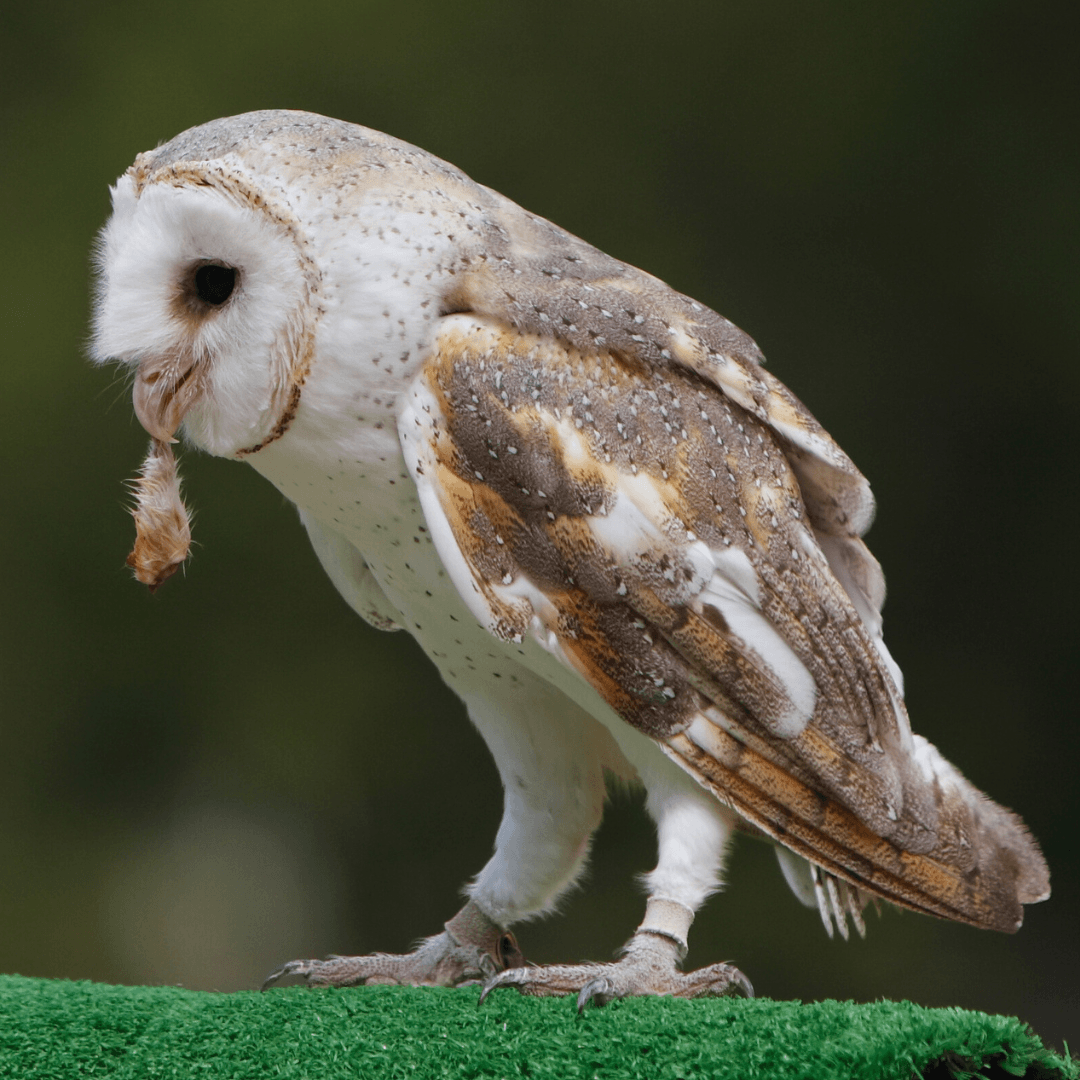
5. Owls Feed On Varies Diets
Owls exhibit a diverse range of diets depending on their species and habitat. While most owls primarily feed on small mammals such as mice and voles, some species may consume insects, birds, reptiles, or even fish.
Their nutrition facilitates their ability to adapt to different settings, such as deserts and deep woods. By adjusting their hunting strategies and prey selection, owls can exploit different food sources, ensuring survival in changing ecological conditions.
6. Global Presence
Owls are found on every continent except Antarctica, showcasing their adaptability to various environments. With over 200 species, they inhabit diverse ecosystems, from tropical rainforests to grasslands and deserts.
This global presence is attributed to their unique hunting adaptations, such as silent flight and excellent night vision. Each species has evolved specific traits to thrive in its habitat, making owls a diverse and fascinating group of birds that play essential roles in their respective ecosystems.
7. Symbol Of Wisdom
Throughout history, various cultures have regarded owls as symbols of wisdom and knowledge. Often depicted as companions to deities associated with learning and foresight, these birds have earned a reputation for their enigmatic nature.
This association stems from their nocturnal habits and mysterious calls, leading people to attribute deeper meanings to their presence.
As a result, owls frequently appear in literature, mythology, and art, representing wisdom, intuition, and the pursuit of knowledge.
8. Owl Pellets
One interesting fact about owls is that they regurgitate owl pellets, which are compact masses of undigested materials that provide valuable insights into their diet and feeding habits.
These pellets typically contain bones, fur, and feathers from their prey, giving valuable insights into an owl’s diet and feeding habits.
By dissecting owl pellets, researchers and students can learn about local ecosystems, predator-prey relationships, and the types of animals present in an area.
This educational activity highlights the ecological importance of owls and contributes to our understanding of wildlife and conservation efforts.
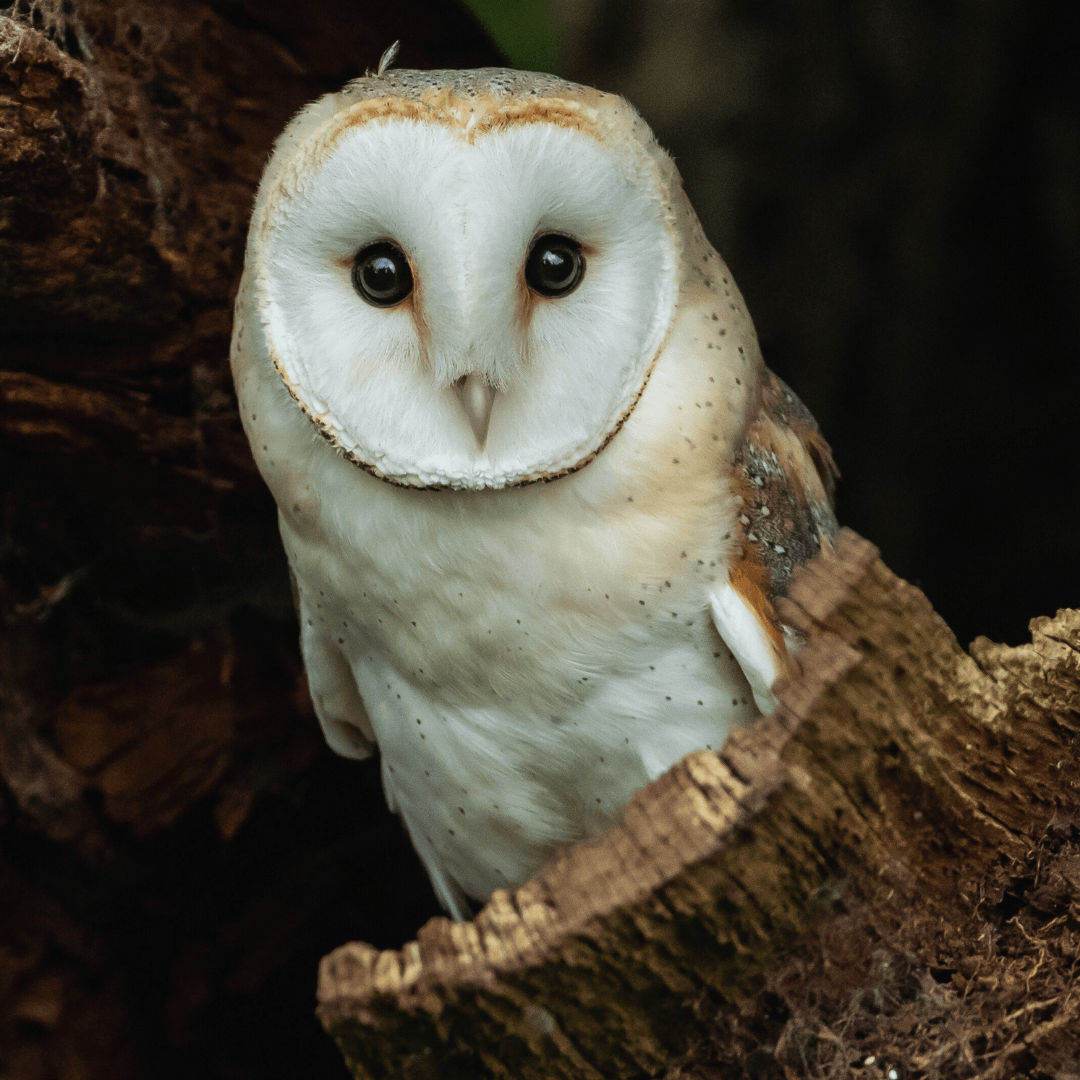
9. Owls' Eyes Are Fixed In Sockets
Owls possess a unique anatomical feature. Their eyes are fixed in their sockets, preventing movement like that seen in most animals.
This adaptation means they cannot shift their gaze, necessitating head rotation to see their surroundings. This ability allows them to turn their heads to 270 degrees, providing a wide field of view.
This trait helps them monitor their environment efficiently, locating prey and staying aware of potential threats while remaining motionless in their habitats.
10. Facial Discs
Owls' facial discs are circular formations of feathers surrounding their eyes, which serve a critical function in enhancing hearing. These discs act like satellite dishes, funnelling sound waves toward their ears, especially in low-light conditions.
This adaptation allows owls to pinpoint the location of prey through sound alone, making them highly effective hunters in darkness.
The shape and size of these facial discs can vary among species, influencing their hunting techniques and auditory capabilities.

11. Not All Owls Are Nocturnal
While many owl species are primarily nocturnal, active during the night, some, like the snowy owl, are diurnal, meaning they hunt and forage during the day. These daytime owls have adapted their hunting strategies to exploit different prey and environmental conditions.
Their ability to thrive in night and daylight conditions showcases the diversity of the owl family. It illustrates how various species have evolved to fit into distinct ecological niches, maximizing their chances of survival.
12. Different Calls For Different Owls
An interesting fact about owls is that they communicate using a variety of vocalizations, with each species having its unique call that serves different purposes.
While many are known for their characteristic hooting, others produce a range of sounds, including screeches, whistles, and barks.
These calls serve various purposes:
- Attracting mates
- Establishing territory, or
- Signalling an alarm.
The diversity in vocalizations is crucial for owls' social interactions and survival, allowing them to communicate effectively within their species and respond to their environment.

13. Owls Are Monogamous Mates
Many owl species form long-term monogamous bonds, mating for life with a single partner. This commitment to a mate allows for coordinated hunting, territory defence, and raising of young, increasing reproductive success.
Monogamy in owls can enhance the chances of survival for their offspring, as both parents are involved in nurturing and protecting their young.
These lifelong partnerships illustrate owls' complex social behaviours and reproductive strategies, contributing to their populations' stability.
14. Feather Tufts For Camouflage
The ear tufts found on many owl species are not related to hearing but serve a critical role in camouflage. These tufts help break up the bird's outline against its environment, making it harder for predators and prey to spot them.
By blending into their surroundings, owls increase their chances of successfully ambushing prey while avoiding detection.
The tufts can also serve as visual signals during courtship, highlighting the intricate balance between form and function in these remarkable birds.
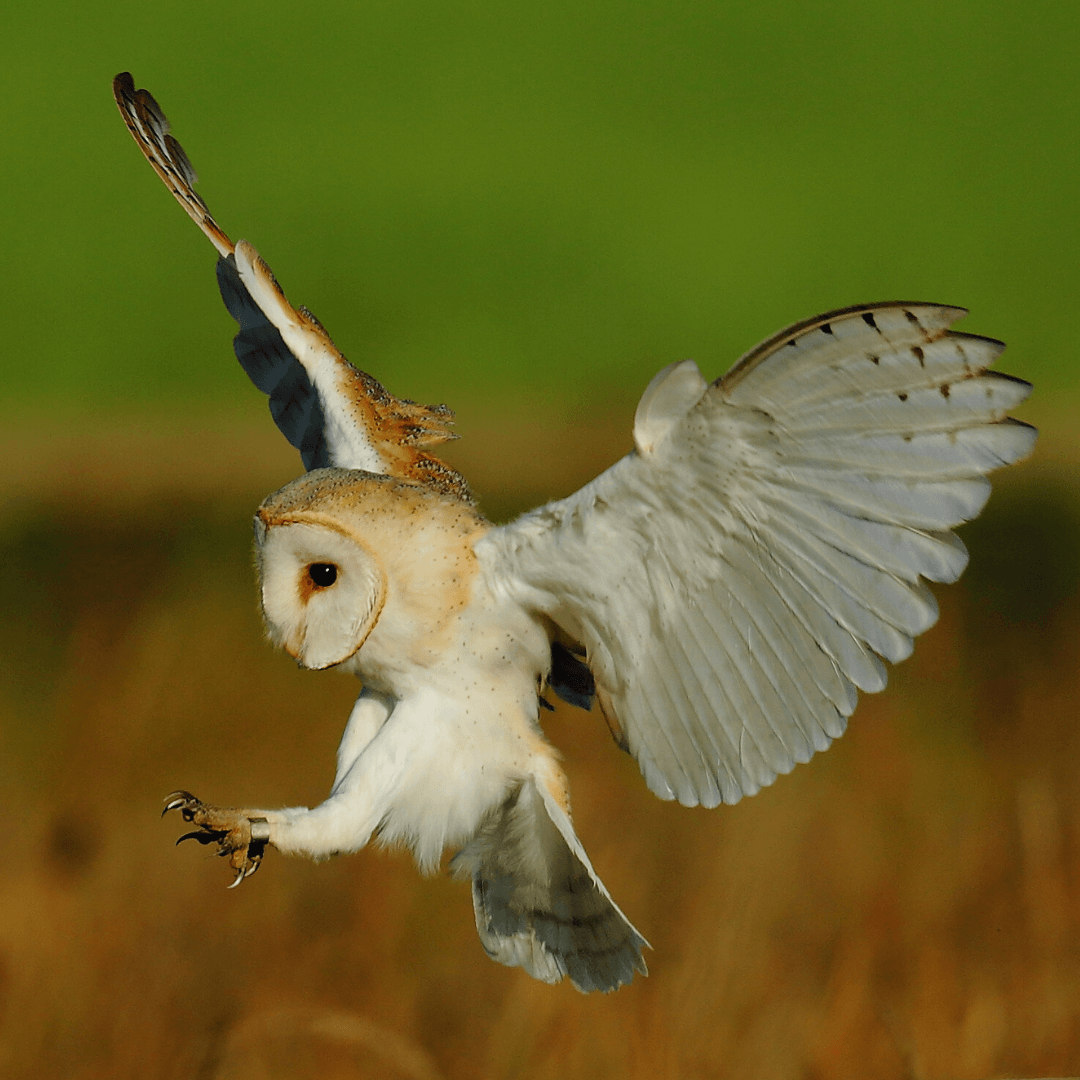
15. Owls Have Slow Wing Beats
Owls are characterized by their slow wing beats compared to other birds of prey, a unique adaptation that conserves energy while flying.
This method of flight not only extends their endurance during hunts but enhances their stealth, allowing them to approach prey undetected.
Their slower wing beats and specialized feathers enable them to glide quietly through the air. This stealthy flight technique is vital for their success as nocturnal hunters, allowing them to ambush unsuspecting prey effectively.
16. Incredible Memory
Some owl species, particularly the burrowing owl, exhibit remarkable memory capabilities, which they use to their advantage during food scarcity.
These owls have been observed hiding food in various locations during times of abundance, later recalling these locations to retrieve the cached items.
This behaviour demonstrates their cognitive skills and highlights their adaptability in resource management. The ability to remember food caches is essential for survival in fluctuating environments, showcasing the intelligence of these fascinating birds.

17. Eyes Adapted For Darkness
Owls possess a high concentration of rod cells in their eyes, which are specialized for detecting light in low-light conditions. This adaptation allows them to see exceptionally well in darkness, making them efficient nocturnal predators.
The large size of their eyes also contributes to their ability to gather more light, further enhancing their vision at night. This extraordinary adaptation is crucial for locating prey in dimly lit environments, enabling owls to thrive as effective hunters at night.
18. Cultural Symbolism
Owls hold different symbolic meanings across various cultures worldwide. Often associated with wisdom and knowledge, they are depicted as companions to deities and figures of learning.
However, in some cultures, owls are viewed as omens of death or misfortune, reflecting the complexity of human beliefs about these enigmatic birds.
This duality in symbolism highlights the diverse cultural narratives surrounding owls and illustrates how perceptions of wildlife vary significantly based on cultural contexts and historical interpretations.
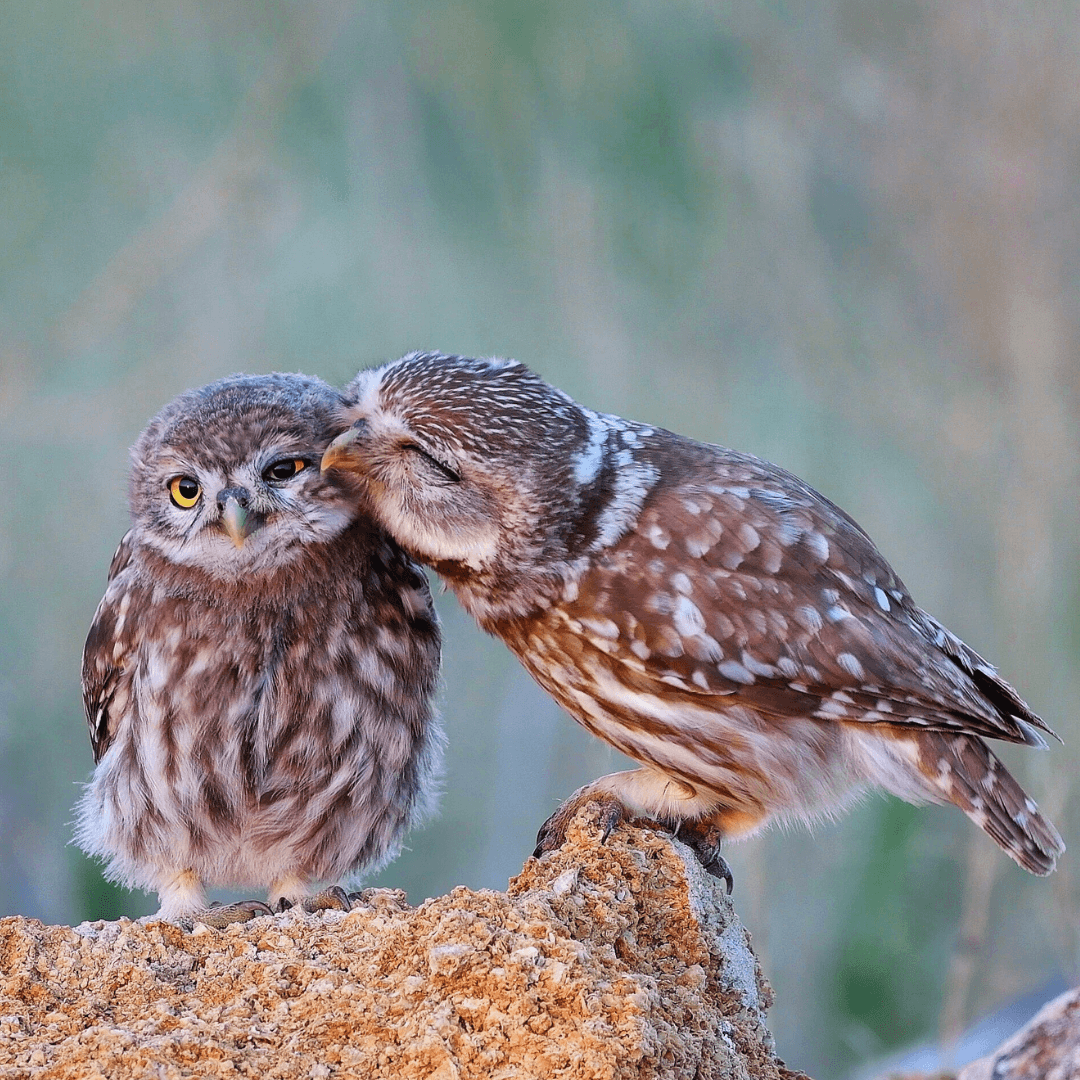
19. Camouflage And Patterns
Owls' feather patterns are critical to survival by providing excellent camouflage in their natural habitats. These intricate designs mimic the textures of tree bark, leaves, and other elements of their surroundings, allowing owls to blend in seamlessly.
This ability to remain undetected by both predators and prey enhances their hunting success. Effective camouflage is vital for owls, as it helps them ambush prey while reducing the risk of being spotted in the wild.
20. Social Structures
While many owl species are solitary hunters, some, like the burrowing owl, demonstrate social behaviours by living in small colonies.
These social structures provide benefits, such as enhanced protection against predators and improved hunting success through cooperative foraging.
Living in groups allows owls to share information about food sources and increases their chances of survival, especially in areas where threats are more prevalent. This social aspect of some owl species adds another layer of complexity to their behaviour and ecology.

21. Owls Have Adaptive Feeding Habits
One of the interesting facts about owls is that they exhibit opportunistic feeding habits, adjusting their diets based on the seasonal availability of prey to thrive in varying ecological conditions.
This flexibility allows them to succeed in varying ecological conditions. For instance, some species may switch from primarily eating small mammals during winter to consuming birds and insects in spring when food diversity increases.
This adaptability helps owls meet their nutritional needs and showcases their ability to respond to environmental changes, ensuring their survival and reproductive success.
FAQ
1. What Are Young Owls Called?
Young owls are commonly referred to as “owlets.” Owlets are typically born in a nest and depend on their parents for food and protection until they are mature enough to fend for themselves.
Depending on the species, owlets may remain in the nest for several weeks to a few months, gradually developing their feathers and flying skills before becoming fully independent.
2. Are Owls Harmful?
Owls are not harmful to humans and are generally shy and elusive. They primarily hunt small mammals, birds, and insects, crucial in controlling rodent populations.
While they can occasionally become a nuisance if they nest near human habitation or if they hunt backyard pets, they pose minimal threat to people. Owls are beneficial for the ecosystem as natural pest controllers.
3. What Are The Largest Owls?
The largest owl species, the great horned owl (Bubo virginianus), is distinguished by its characteristic feather tufts that resemble horns. These owls can reach a wingspan of up to 5.5 feet (1.7 meters) and weigh between 2 and 5.5 pounds (0.9 to 2.5 kg).
Another notable large species is the Eurasian eagle owl (Bubo bubo), which can also reach impressive sizes. Both species are formidable predators and are found in various habitats worldwide.
4. What Are Owl Pellets?
Owl pellets are regurgitated masses containing undigested parts of an owl's prey, such as bones, fur, and feathers. They help scientists study owl diets and local ecosystems.
Conclusion
In conclusion, owls are truly remarkable creatures, embodying a blend of mystery, adaptability, and ecological significance.
From their exceptional night vision and silent flight to their unique vocalizations and opportunistic feeding habits, these birds of prey have fascinated humans for centuries.
Understanding these interesting facts about owls enhances our appreciation for them and underscores their vital role in maintaining balanced ecosystems.
I trust you enjoyed this article on Interesting Facts About Owls That Will Fascinate You. Stay tuned for more blog posts soon. Take care!
JeannetteZ
>>>Please click here to read my all-inclusive article about Why Is Wildlife Important And How Can We Protect It<<<
Your Opinion Is Important To Me
Do you have thoughts, ideas, or questions? I would love to hear from you. Please leave me your questions, experiences, and remarks about this article, Interesting Facts About Owls That Will Fascinate You, in the comments section below. You can also email me at Jeannette@Close-To-Nature.org.
Disclosure
This post may contain affiliate links. As an Amazon Associate and other affiliate programs, I earn from qualifying purchases at no extra cost to you. Please read my full affiliate disclosure.
You might also enjoy these blog posts:
Best Container Flowers For A Thriving Garden
Best Container-Grown Vegetables
How To Grow Wildflowers In Pots
The Power Of Sound Frequency Healing
How To Grow Prickly Pear Cactus



